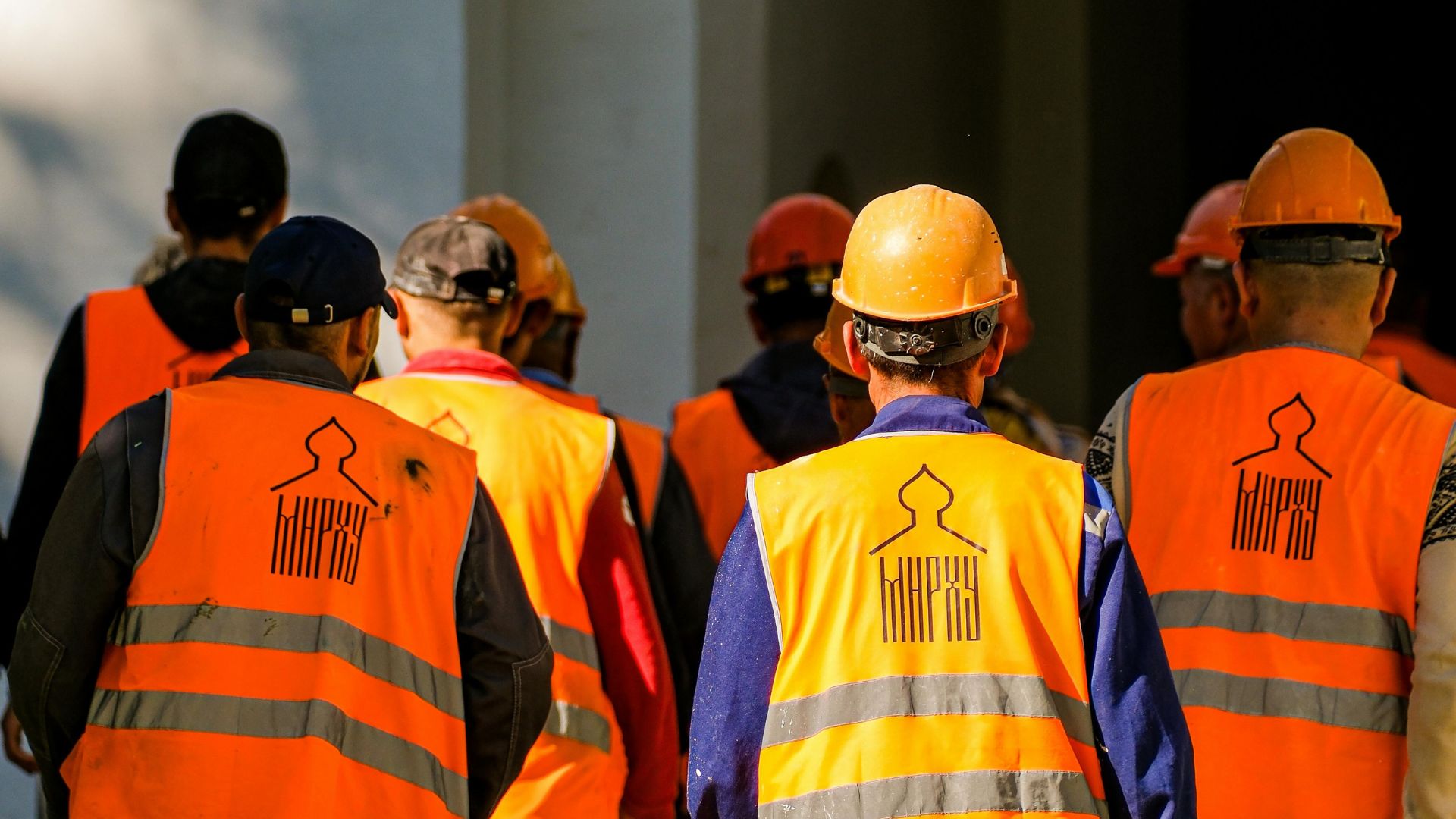


Taking steps to review and improve safety measures is important for all organizations, but none more so than those operating in high-risk industries such as construction, manufacturing, aviation, and healthcare.
Safety performance involves analyzing the quality of an organization’s safety-related procedures and processes.
It includes assessing risk levels, identifying hazards, evaluating policies, checking adherence to regulation, and conducting incident investigations. The goals of monitoring safety performance are to reduce accidents, improve the working environment, and, ultimately, save time and resources.
Organizations that prioritize safety performance ensure their employees are kept safe and well.
In this blog, we explore the importance of measuring and enhancing safety performance, offer guidance on measurement methods and provide tips for promoting safety and wellbeing.
Grab yourself a cup of tea or coffee, and let’s get stuck in.
Why is it necessary to measure safety performance?
There are numerous reasons for organizations to measure safety performance. First and foremost, continually reviewing safety-related procedures and processes is a critical part of creating a positive culture of safety.
Measurement provides information on the current status, along with the progress of strategies and processes that the organization is using to mitigate risk. It offers an early warning sign to highlight any developing issues and track trends, allowing for improvements to be made before it’s too late.
But what happens when organizations don’t dedicate the time or resources to measure their safety performance? Well, put simply, employees are exposed to avoidable risks, and the organization’s vulnerability increases.
How to measure safety performance
Lots of different techniques are available for organizations to measure safety, but there are two primary types of metrics – ‘lagging’ and ‘leading’.
The best way to monitor performance is to review a combination of insights from looking back (the ‘lagging’ indicators) and looking forward (the ‘leading’ indicators).
Identifying KPIs can be tough. Knowing what and how to measure it is also tricky. But breaking your indicators down into lagging and leading groups is a great way to get started.

3 steps employers can take to improve safety performance
We’ve broken our 6 steps down into 3 steps for employers, and 3 steps for employees. These steps help improve safety performance, prevent accidents, and help maintain a safe working environment.
- Step 1 - Define your safety KPIs
- Step 2 - Encourage participation and engagement
- Step 3 - Create a culture of safety
Let’s dive into each of these steps to see how employers can put them into action!
Step 1 - Define your safety KPIs
The first step is to decide what you’re going to measure by defining your safety-related KPIs. Under the ‘lagging’ and ‘leading’ headings discussed earlier, think about the most important things to monitor from a safety perspective.
Once you have your safety KPIs, it’s time to communicate.
Ideally firstly with the leadership population to encourage buy-in, and then right across the organization. It’s important for employees to understand what the key markers of success are, and the areas that require the most attention.
Step 2 - Encourage participation and engagement
Improving safety performance at work starts by building from the ground up. Encouraging employee participation and engagement is a requirement to see real improvements.
Identifying ‘safety champions’, running engaging campaigns, regularly asking for employee feedback, and launching safety-related incentives are all ways to encourage participation across the workforce.
Employees should also be involved with regular safety training to educate them on health and safety matters that are specific to the organization.
Step 3 - Create a culture of safety
Employers should take proactive steps to create a culture of safety across the organization. This spans far and wide, and involves ensuring that safety is considered in all parts of the business.
Organizations with positive safety cultures share accountability for safety across all employees and provide training regularly. Safety is a clear priority.
Check out our blog on how to create a culture of safety in the workplace!

3 steps employees can take to improve safety performance
Improving safety performance and reducing accidents in the workplace is much easier when employees are fully on-board. By taking these 3 steps, your employees can help keep your safety KPIs in green!
- Step 1 - Report incidents and near misses
- Step 2 - Attend training
- Step 3 - Share feedback regularly
Let’s explore each of these steps.
Step 1 - Report incidents and near misses
The most important thing employees can do is to always report incidents and near misses. The organization’s leadership can’t make changes to reduce risk if they’re not aware of what’s going wrong.
Employees are the eyes and ears of the organization, working on the front line and having the ability to flag any hazards as they arise.
Step 2 - Attend training
It might be a bit of a no-brainer, but safety training is only effective when employees actually attend!
But we get it – it’s sometimes easier said than done. Demanding targets, looming deadlines and other daily challenges can make it difficult to take the time out to attend safety training.
Taking this seemingly minor step can make a huge difference for the organization. Not only by ensuring it is complying with legislation, but also by making sure that all employees are aware of important safety protocols.
Step 3 - Share feedback regularly
In addition to reporting incidents and attending training, employees should proactively share feedback and raise the alarm when something is not right.
If they feel they are being exposed to an unnecessary risk that management are not aware of, employees need to take action.
Sharing feedback via formal channels, such as employee surveys, and informal channels, such as manager one-to-ones, enables feedback to be acted on.
Improve your safety performance with PepTalk
To improve safety performance, organizations need engaged teams, effective communication, employee feedback platforms, and strong leadership. The PepTalk platform can help with all of those things.
Our purpose-built Team Experience platform allows teams to engage and perform at their best, all while enabling you to improve safety performance right across the organization.
Book a demo to find out what we offer.
Frequently Asked Questions
Safety performance refers to the track record of an organization in ensuring the well-being of its employees. It can be improved by regular training, clear communication of safety protocols, and building a culture that prioritizes safety.
Organizations can measure safety performance through key performance indicators (KPIs) like the number of incidents, safety audits, employee feedback, and safety training attendance.
Continuous improvement ensures that safety protocols remain up-to-date with the latest industry standards and practices. It also helps in identifying potential risks and addressing them proactively.


See PepTalk in action


Related
Latest Blogs


See PepTalk in action





.webp)
.webp)


.webp)







.webp)